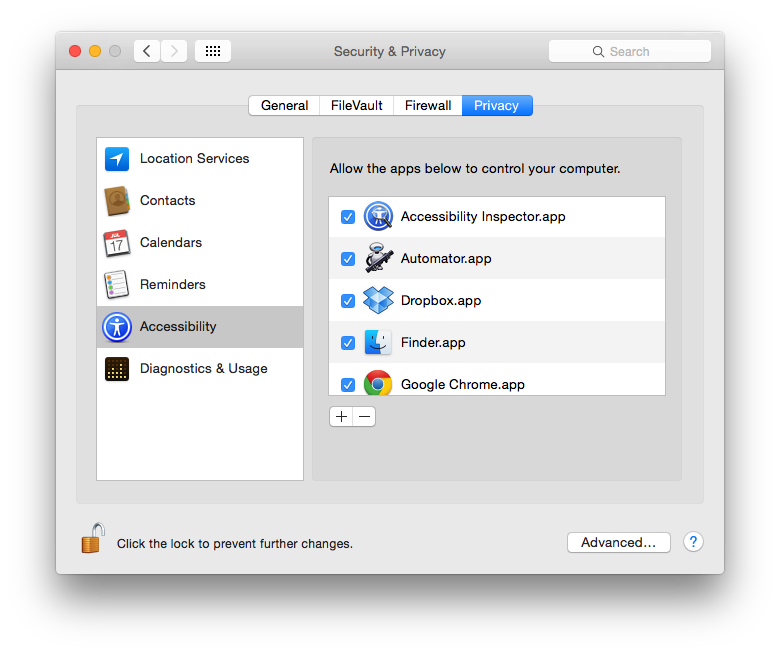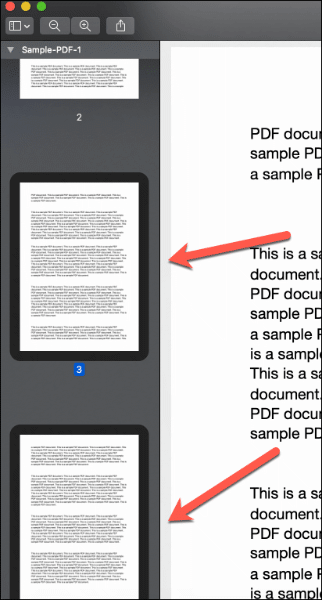
#Switch windows automator mac series#
This creates a packaged application students can double-click to perform a series of tasks. For this example, I’ll choose the Application template. Select a template from the Template Chooser.Launch Automator from the Applications folder.To create a simple Automator Application: Video Tutorial: Bigger Version (.mov, 5 MB).This can save time and also help students who have limited motor skills. Automator makes it possible for teachers to create packaged applications that students with a disabilities can double-click to perform a series of tasks on their computers.
#Switch windows automator mac mac os x#
No data will be lost, but if you had customized window settings for a folder (for instance, a downloads folder in list view sorted by date), those settings will be overwritten.As the name suggests, Automator is a program included with Mac OS X that automates common tasks. It may also take a while to run, depending on how deep your folder structure is. In your user’s folder to the settings you’ve created here.

Is representative of the completed Automator action-your version, of course, will have your home folder and your view settings in it.īefore you go any further, be aware that the next step will set Once enabled, your Automator action will run on every folder within your user’s folder, not just the topmost one. Near the bottom of the screenshot, though, is the key to this Automator action-to change the views on all the folders in your user’s folder, youĬheck the Apply Changes to Sub-folders checkbox. In addition, the Apply window properties section lets us enable the toolbar, status bar, and even set the width of the sidebar. When you’re done, you should see something like this in the Automator window:Īs you can see, the icon size, text size, label position, item info, preview, and more have all been set, and a background color has been specified. If you don’t have enough screen space to see both windows, switch to the Finder, click and hold on your user’s folder, then hit F9 to activate Exposé, drag your user’s folder over the Automator window, hit F9 again (or just wait a second), then drop the folder. Now drag and drop your user’s folder into the blank area on the right side of the Automator window. Position the Automator window and the Finder window you left open such that you can see both at once. Leave this window open, then launch Automator, in /Applications. You should now see your actual user’s folder, along with those of any other users you’ve created on your system.

The easiest way to do this is to click on your computer’s name in the sidebar, or click on your home folder and then hit Command-Up Arrow. Obviously, the following steps could be used for any folder on your machine, but we’ll use your user’s folder for this example.įirst, make sure you can see your user’s folder in the Finder. If you’ve upgraded to 10.4, there’s a simple solution available, thanks to Automator.

Sure, you can change each one as it opens, but that’s a bit of a pain. You like using icons, for instance, but find that some folders in your home folder open in list or column view. Do you prefer to use one type of Finder window, and only one type? If so, you’re probably somewhat frustrated by OS X’s ability to seemingly randomly pick a different view.


 0 kommentar(er)
0 kommentar(er)
